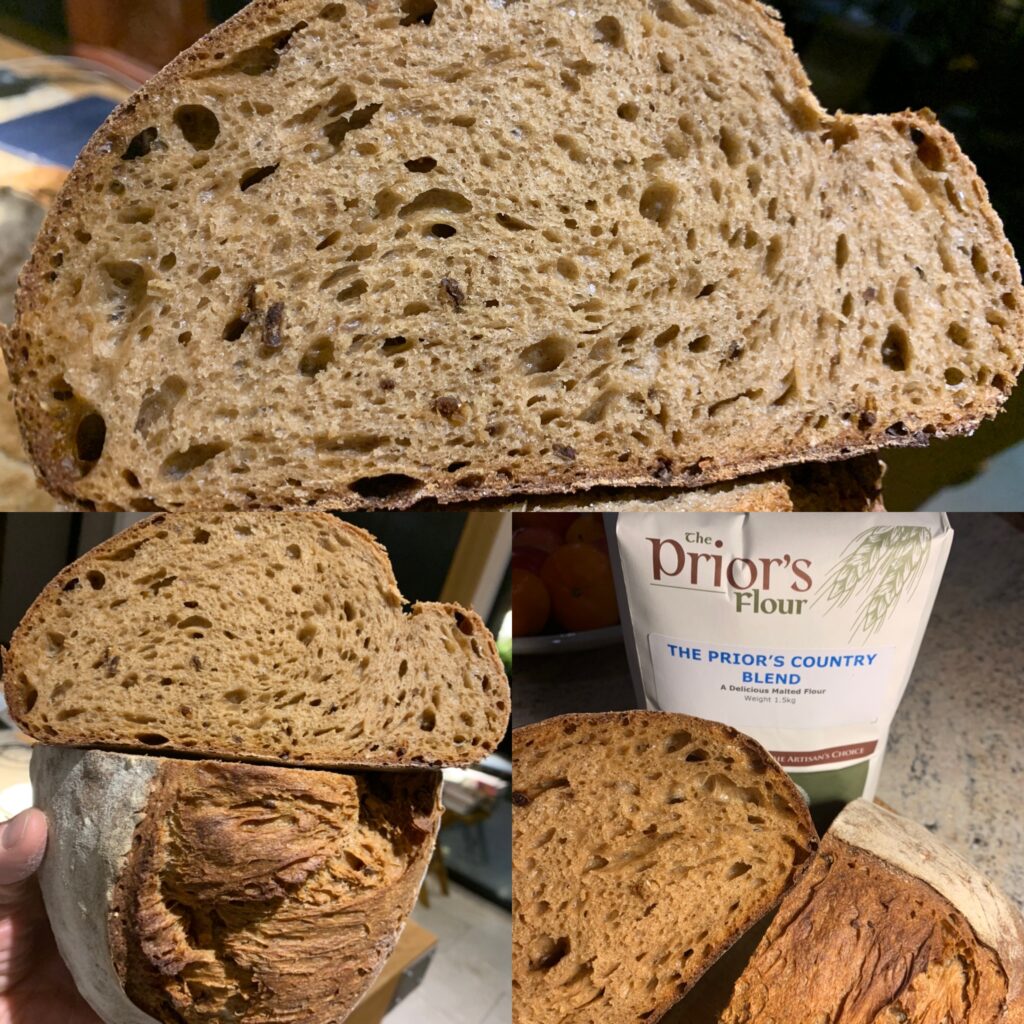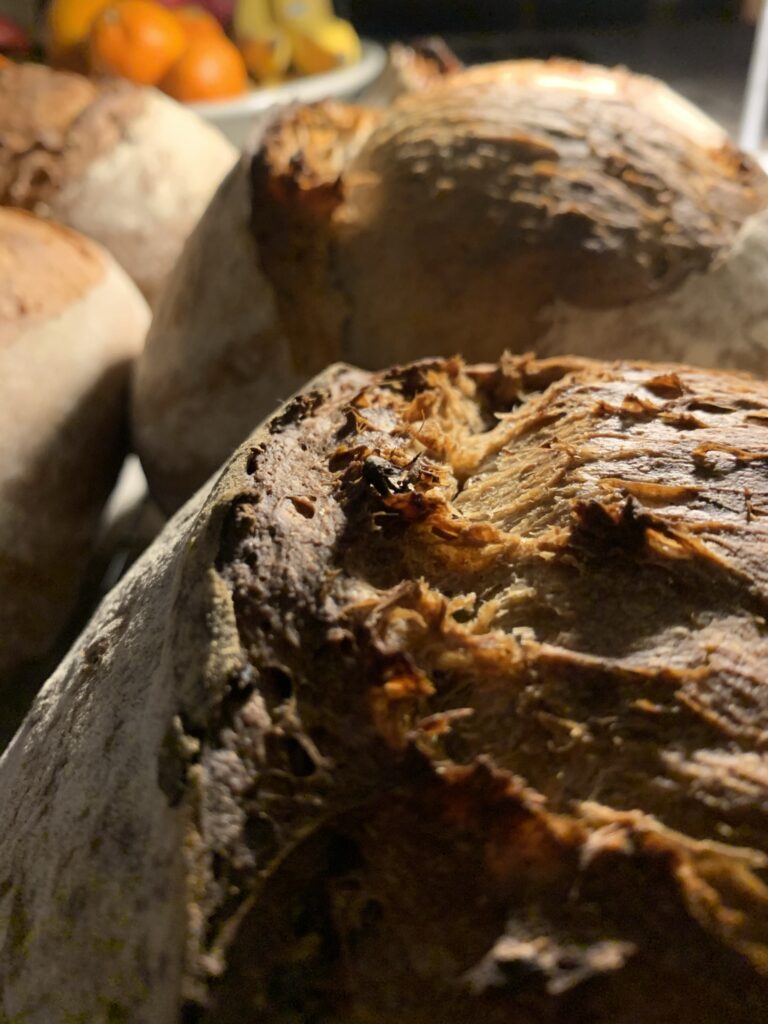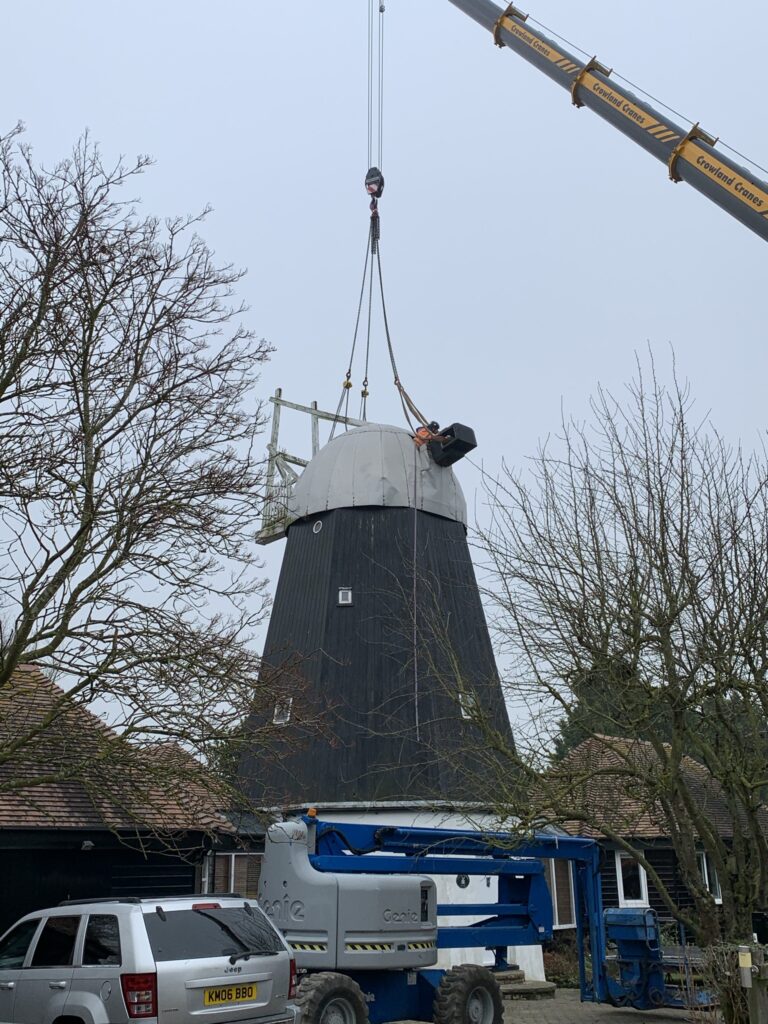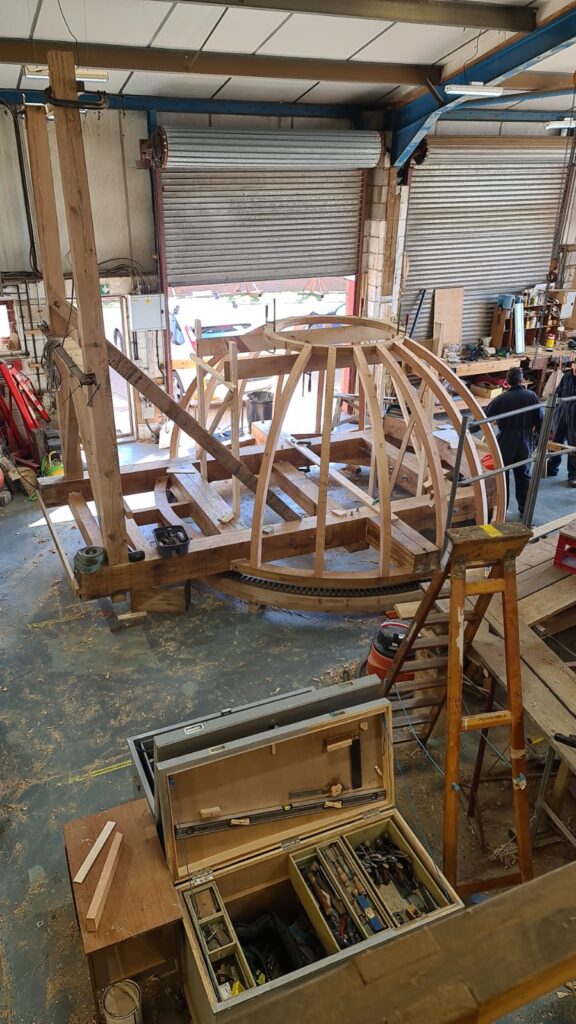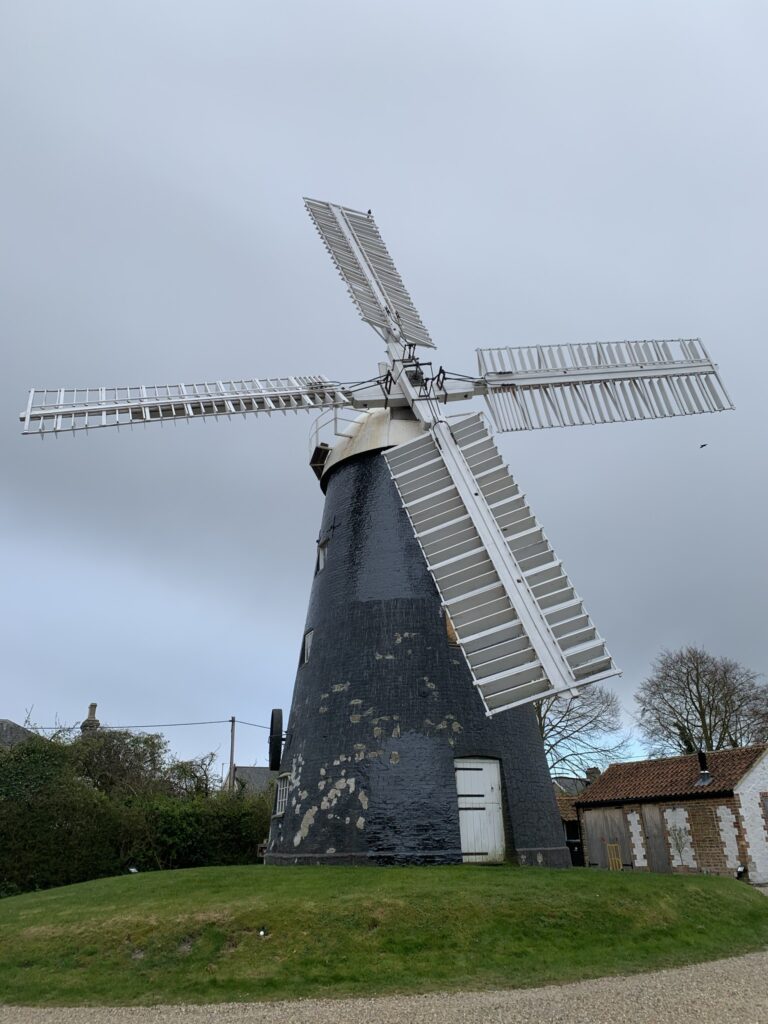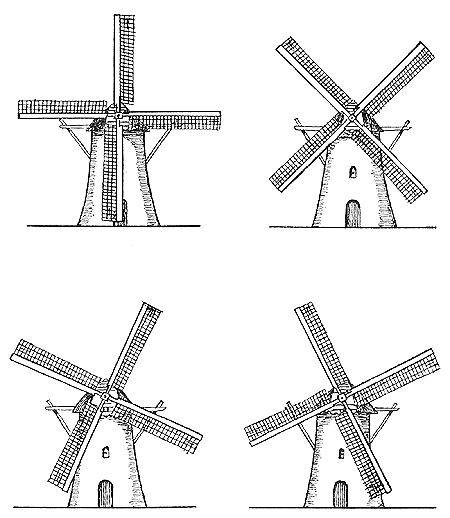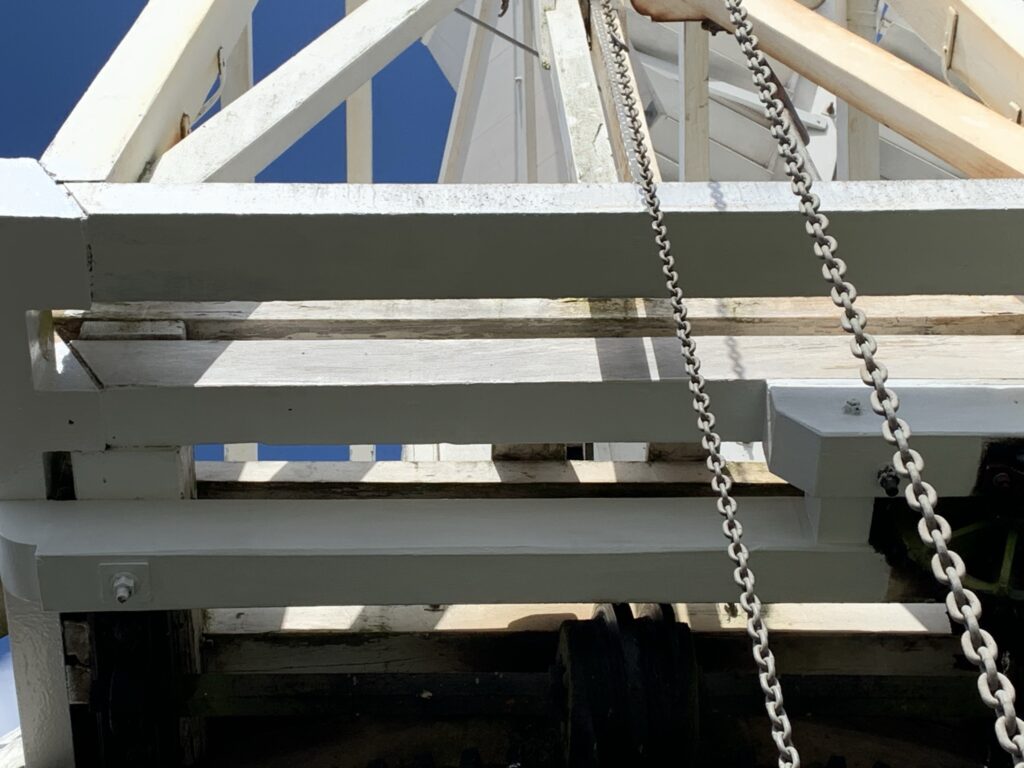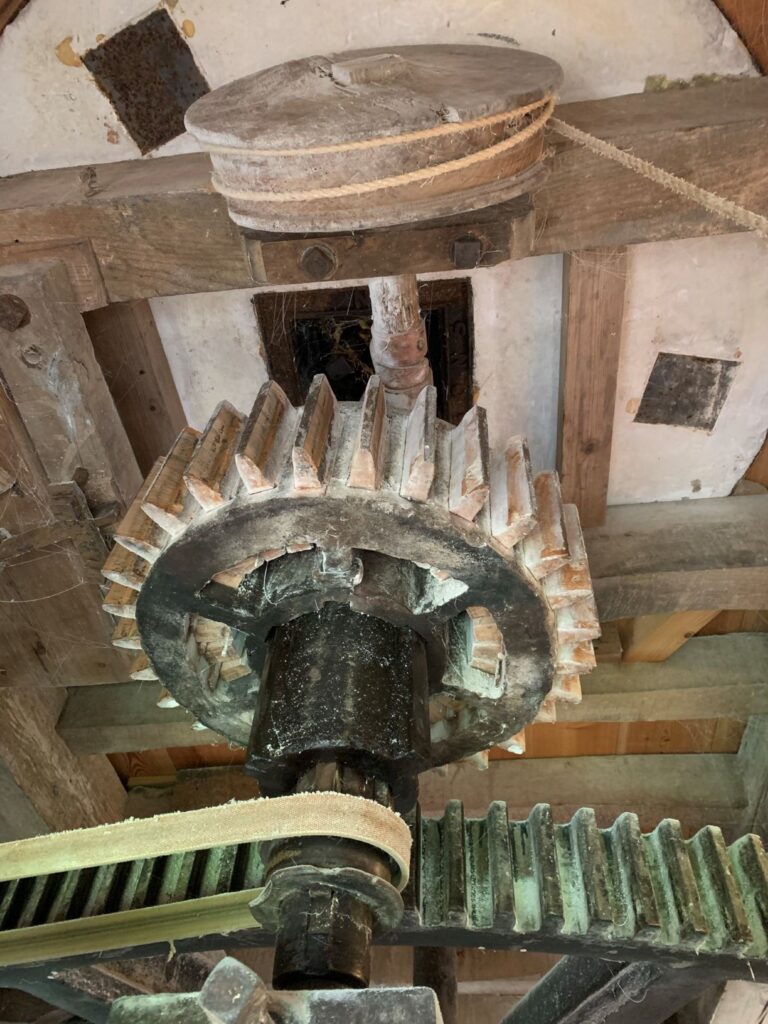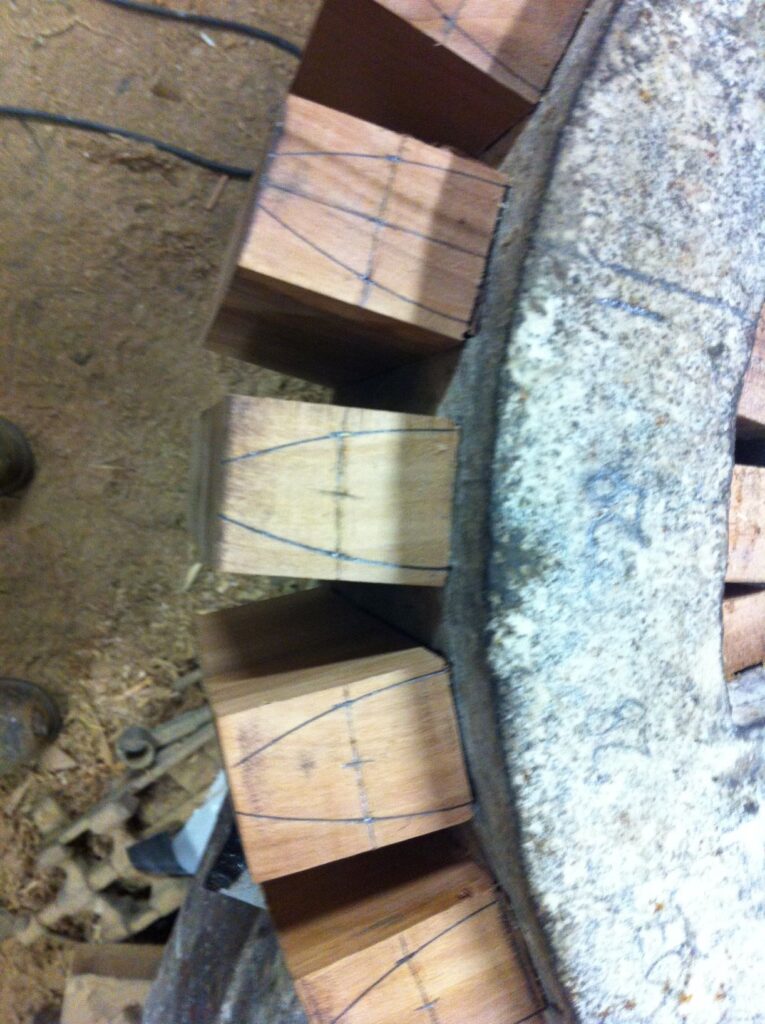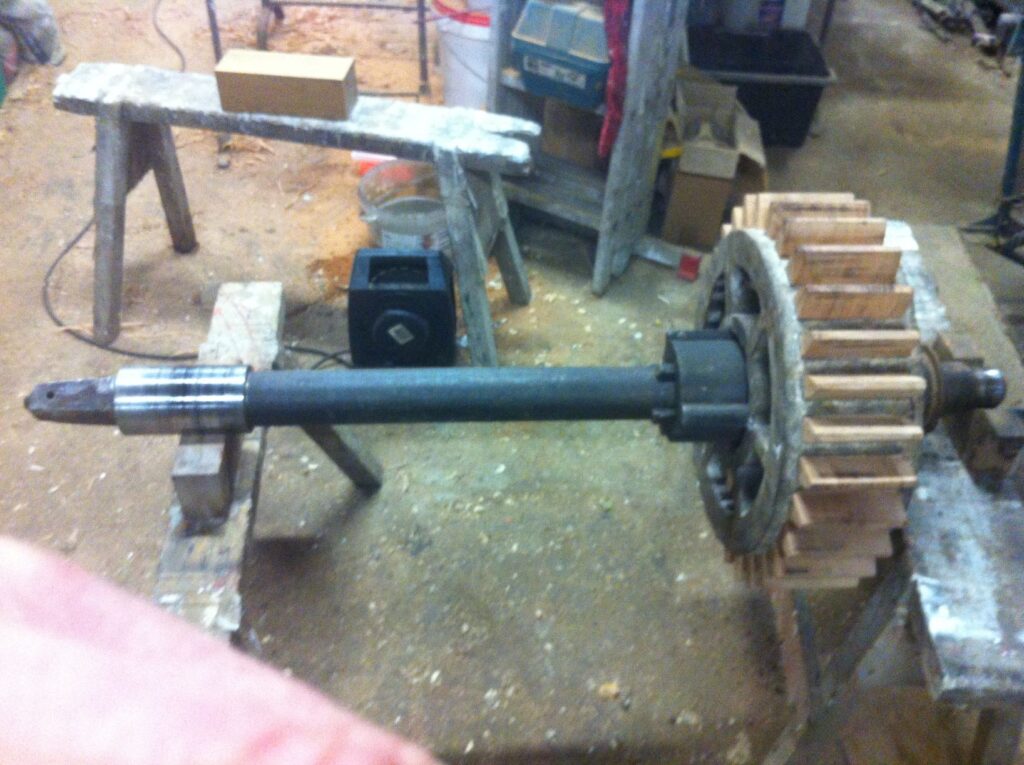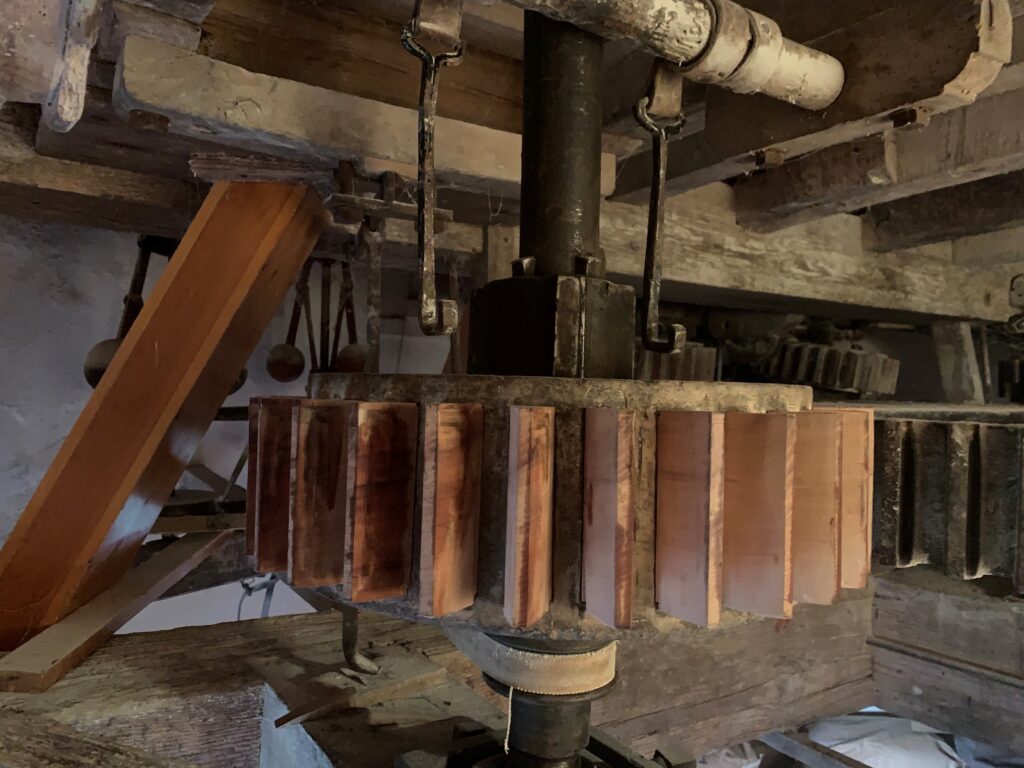Part of the Prior’s Flour team are taking a well earned break, so our mail order service will be ‘offline’ between the 7th June and the 20th June 2021. We aim to process and dispatch all orders received before this date. We will not be able to process new orders received between these dates, they will be processed when we return on the 21st June.

The mill shop will remain open on Thursday mornings (times as usual) and Sunday 13th June (2pm to 5pm) and our usual range of flours will be available. We will not be responding to emails during this period, again we’ll respond when we return on the 21st June.
We look forward to being in touch soon and thank you, in advance, for your patience!
